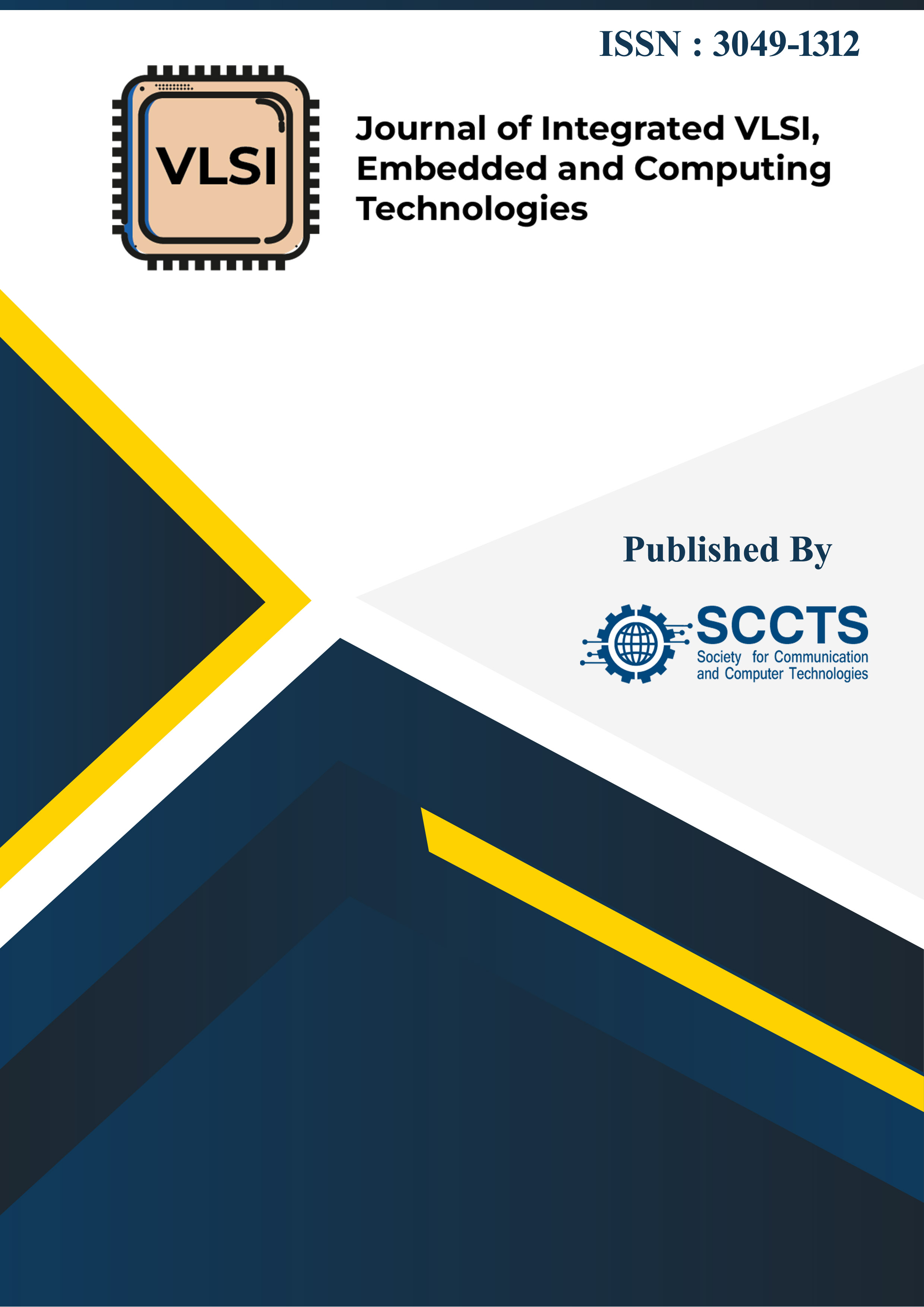Energy-Efficient 3D-Stacked CMOS–Memristor Hybrid Architecture for High-Density Non-Volatile Storage in Edge Computing Systems
DOI:
https://doi.org/10.31838/JIVCT/02.03.05Keywords:
3D integration, memristor, CMOS, edge computing, non-volatile memory, hybrid architecture, energy-efficient storage, neuromorphic systems, in-memory computing, high-density memory.Abstract
In response to these recent augmented demands of the edge computing systems in terms of compact size, low power consumption, and high density non-volatile storage, this paper develops an innovative 3D-stacked CMOS-memristor hybrid structure, which is energy efficient in the application contexts of edge settings. The goal is to surpass the drawbacks of conventional memory technologies, i.e., SRAM and Flash, that face scalability bottlenecks, high leakage, and poor endurance. The proposed new architecture invokes vertical integration of memristive crossbar memory stacked on top of CMOS control and logic layers with the use of through-silicon vias (TSVs), thus allowing exceptionally dense memory packing and opening up the possibility of in-memory computing with a drastic reduction in data transfer energy. Integrating memory and computation into a 3D stack, the architecture lends itself to logic-in-memory functionality and matrix-vector multiplication-the two operations that play a pivotal role in accelerating edge-AI applications with minimal cost in terms of additional energy consumption. The evaluation of the system uses a complete methodology of device-circuit co-simulation, thermal modeling and performance benchmarking. The results show that write energy is reduced by 42 percent, read latency is improved by 28 percent and that it has 3.8 times the storage density of conventional memory systems. Dependability estimation on process deviations and thermo-stress in addition to endurance tests based on computer simulation demonstrate the cycle stability to be far more than 10 11 write. These results indicate that the CMOS memristor hybrid technology promises not only improvements in energy, efficiency, and scalability of memory, but also an effective paradigm of energy-aware near-memory computing, which can make this technology suitable to the next generation edge-AI and Internet of Things (IoT) applications.





